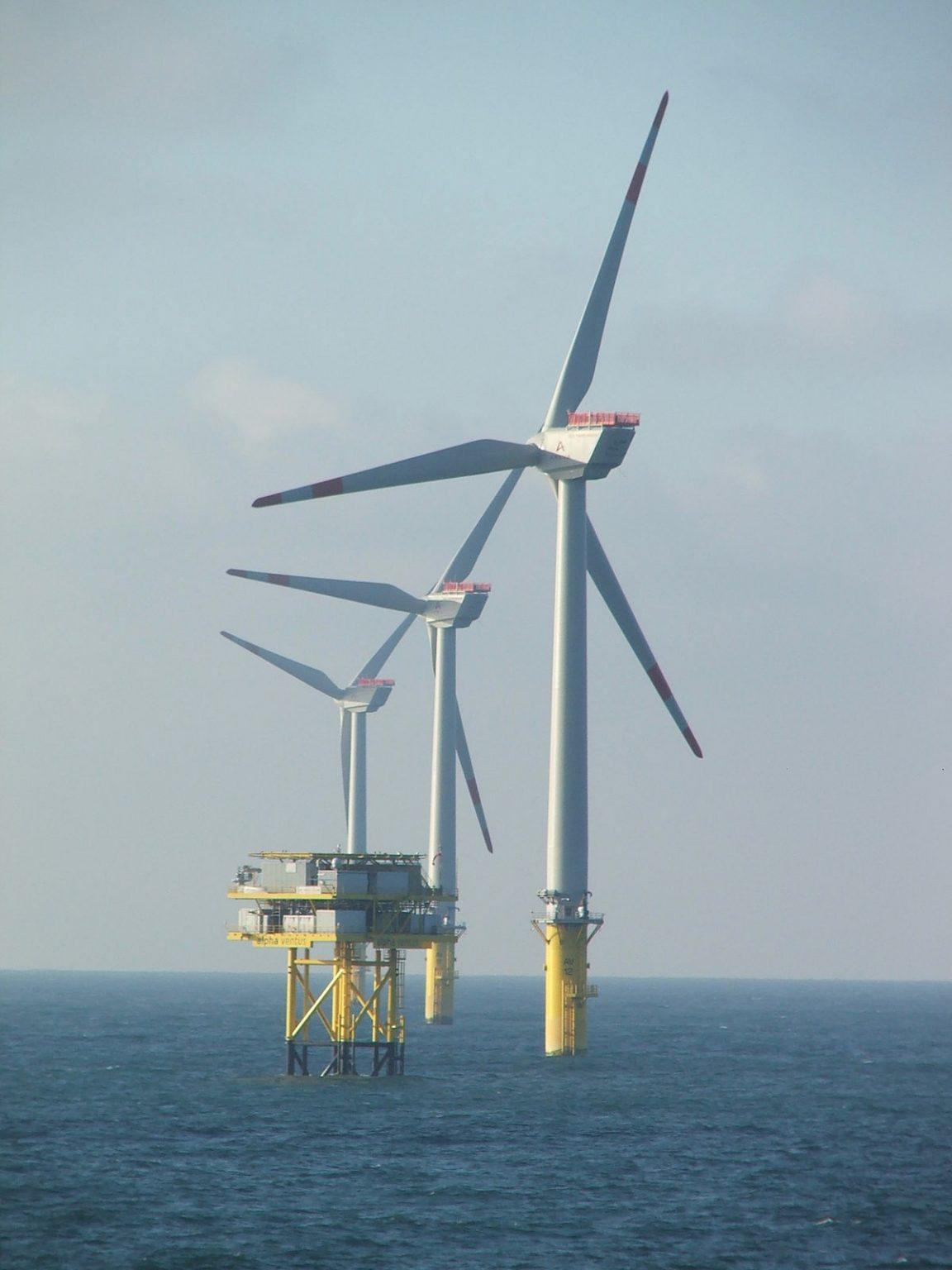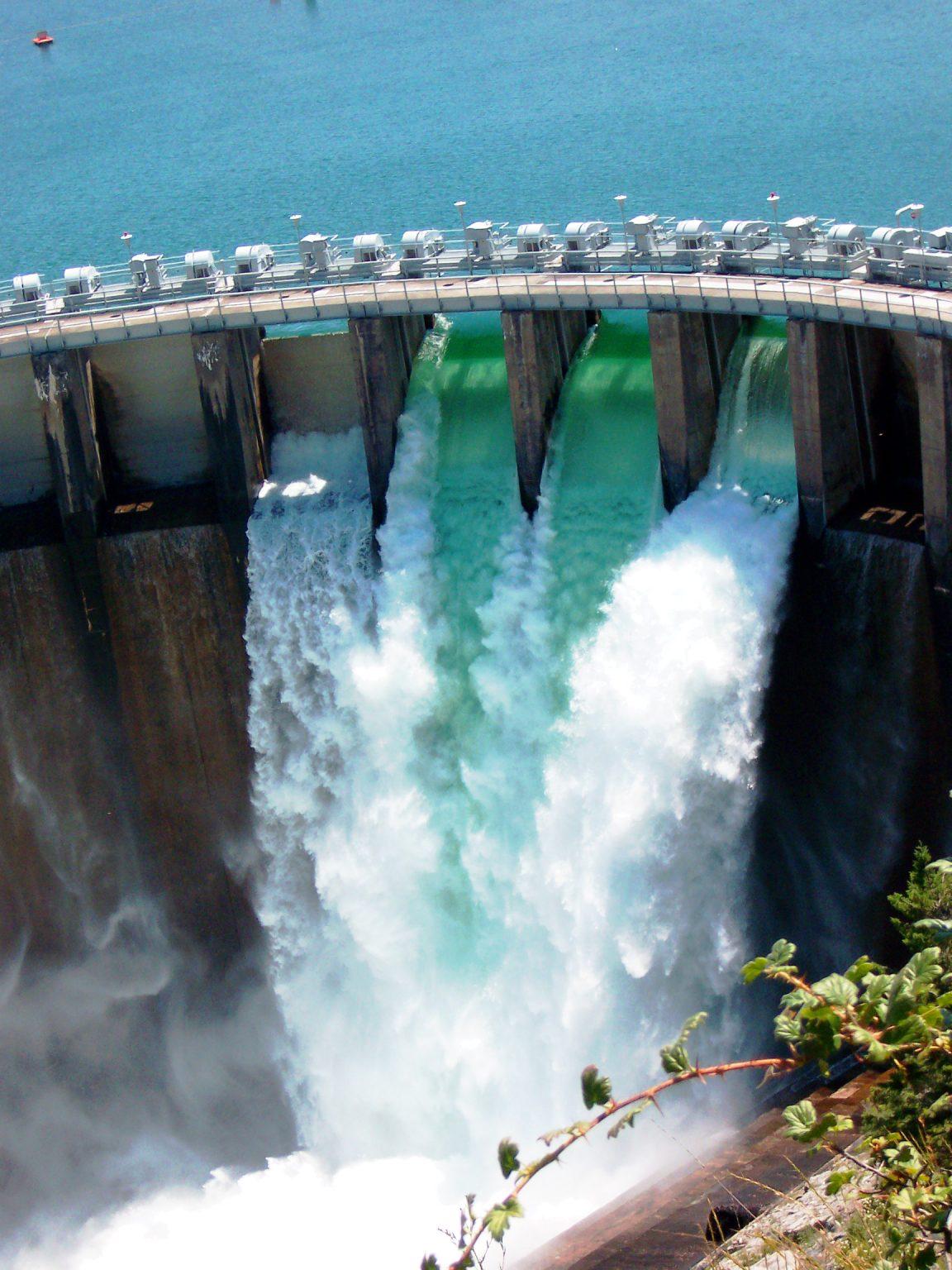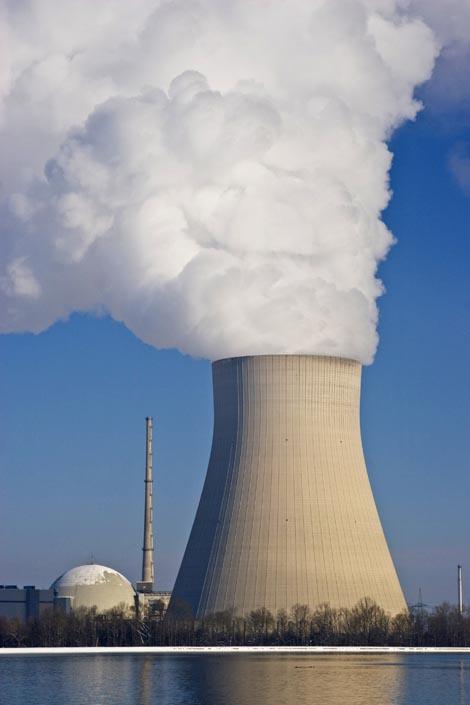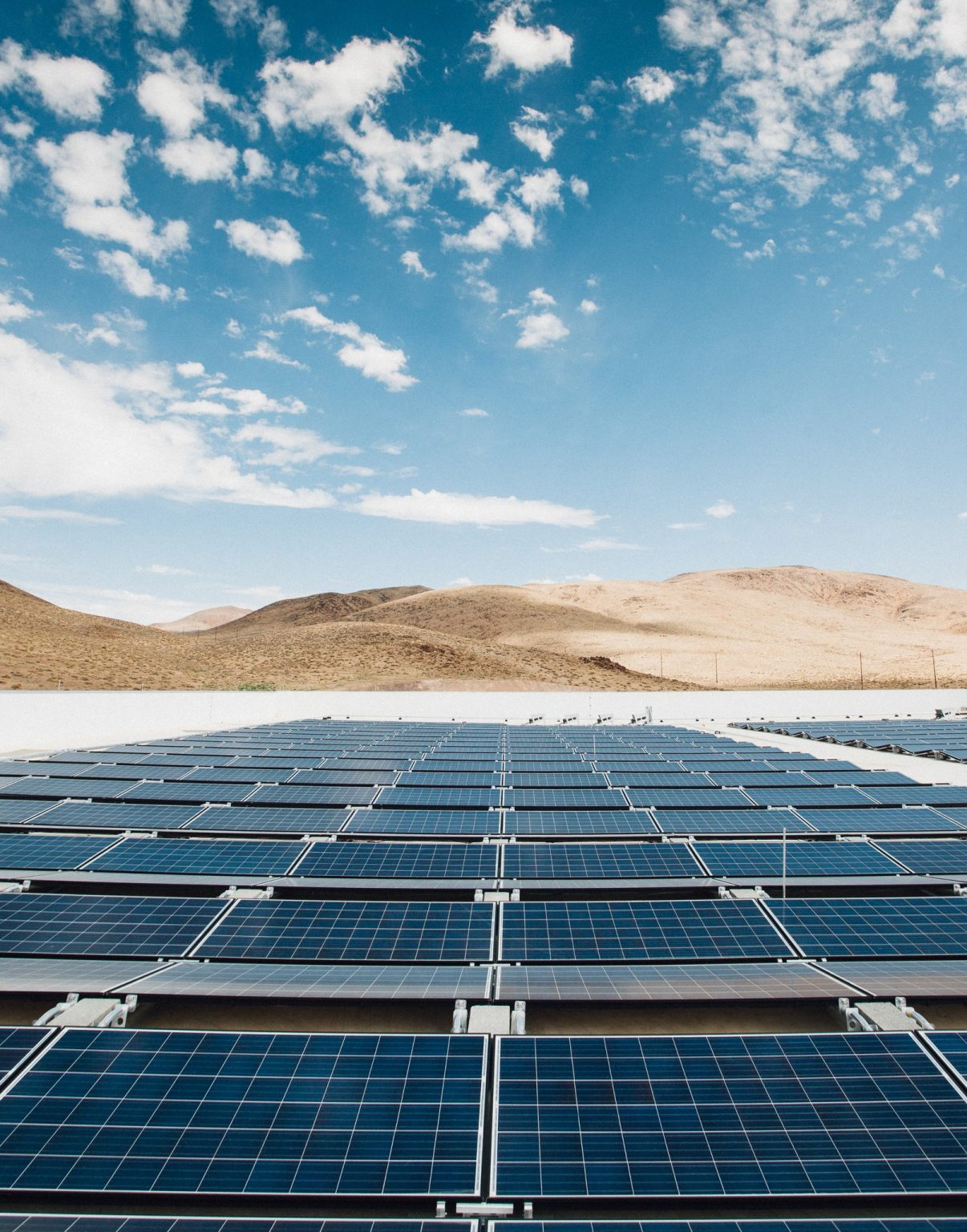How does Sustainable Energy relate to recycling?
What is the PRIMARY goal of recycling? Well, excluding plastics, which can pollute our water supply if not recycled properly, recycling’s primary goal is to PRESERVE RESOURCES. If energy is to be considered a resource, shouldn’t we also be aiming to recycle or preserve it?
Our primary source of energy comes from fossil fuels. Fossil fuels are long-dead organisms, whose bodies have decomposed into carbon-rich chunks that can be used as fuel. Examples of fossil fuels include oil, coal, and natural gases. According to National Geographic, fossil fuels make up roughly 80% of the world’s usage in energy. This is particularly dangerous because the burning of fossil fuels releases various greenhouse gases (such as C02) that contribute to global warming. In addition, fossil fuels are non-renewable, meaning that it is a limited resource and we will eventually have to look for new sources of energy in order to sustain ourselves.
Alternative sources of energy have proven to be much better for the environment than fossil fuels are. Below, several alternative sources of energy will be detailed as we determine whether or not these energy sources should replace fossil fuels.

Wind Energy
By harnessing the phenomenon of wind, humans can generate electricity in surprisingly large doses. According to National Geographic, wind turbines are being implemented further and further, increasing in usage by roughly 25% each year. The blades of wind turbines are pushed by the wind, turning the shaft that is connected to the generator, allowing electricity to be made.
Wind turbines have many benefits. For one, the cost of producing wind energy is nearly negligible; beyond maintenance and the initial creation of the turbine (which is still quite high, ranging from 1.3 to 2.4 million dollars), producing wind energy costs pretty much nothing. In addition, some governments provide tax incentives for wind energy creation. Despite all these benefits, there are still some deficits. The main deficit is that, without wind, no energy can be produced. In addition, it could be said that wind turbines make far too much noise, and can potentially kill bats or birds, given the speed of the blades.
In 2021, wind energy is helping pave the way for renewable energy to overtake fossil fuels. In 2010, wind energy made up only 2.3% of America’s total energy production. In 2021, that number has jumped to an impressive 8.4%, nearly four times what it was 10 years ago.
If America keeps this up, renewable energy will spread throughout the world, creating cleaner energy for all.

Hydroelectric Energy
The principle driving the production of hydroelectric power has existed for centuries – starting way back when farmers used to use the motion of water in order to turn their mills. Nowadays, hydro plants, like a dam, use the runoff from a huge water reservoir in order to create energy. The kinetic energy generated as the water falls off the dam is used to push a turbine, just like wind, and provide power to a generator.
Hydroelectric energy creation is staggeringly high in 2021. China is leading by far, producing nearly 11.32 exajoules (2.778e+11 kilowatts, a common unit of measurement for electric current) in 2019. This is roughly 4 times the next leading producer of hydroelectric energy: Brazil, who produced 3.56 exajoules in 2019. Canada and the United States are not far behind, producing 3.41 exajoules and 2.42 exajoules respectively.
There are a few setbacks that might prevent the production of hydroelectric power. Much like wind turbines, these facilities are extremely costly to build, but once built, they provide low-cost power for years to come. In addition, these facilities must rely ENTIRELY on the water reservoir that they are taking from. If something were to happen to that water supply, these facilities would surely shut down. Nonetheless, hydropower has proven to be an extremely effective means of producing electricity, without having to damage our atmosphere in the process.

Nuclear Energy
Nuclear energy is certainly a scary prospect. By splitting the nucleus of an atom (typically uranium), we can harvest the energy contained in said nucleus. The process of doing this, is called nuclear fission: the process of firing a neutron at an atom of a particular element, causing it to split into excess neutrons, energy, and two other elements. Nuclear fission is used at nuclear power plants in order to create massive amounts of energy. As of this year, roughly 450 nuclear reactors exist, and, according to National Geographic, they provide roughly 11 percent of the entire world’s electricity, with the United States leading that energy production.
Unlike the other two energy sources listed, nuclear power technically is not a “renewable resource”. However, it is certainly an extremely sustainable one, and one that should be considered a potential solution to the issue of climate change. However, due to the cost of production, as well as other potential risks, nuclear power may fall behind.
By far, the biggest risk regarding the production of nuclear power is the potential for a terrible accident to occur. The production of nuclear energy is extremely unstable and without proper care the entire facility could explode, just as it did in Chernobyl, Russia 1986. Even to this day, the effects of Chernobyl still linger: the area is uninhabited.

Solar Energy
You probably know solar energy quite well. In order for the sun to continuously provide itself energy and heat, it must constantly emit energy through the process of nuclear fusion (not to be confused with nuclear fission). Nuclear fusion is when two hydrogen atoms violently collide with each other (in this case, in the sun’s core), in order to fuse and create another atom (helium). The energy emitted from this process is the energy that we use in order to provide electricity.
In order to harness the power of solar energy, we make use of the photovoltaic effect, a phenomenon initially discovered by Alexandre-Edmond Becquerel, a young French physicist. He found that, when placing silver-chloride in an acidic solution that is also receiving direct sunlight, the electrodes that were attached to the beaker began generating an electric current. Similarly, solar panels allow us absorb sunlight, leaving only the electrons. These electrons are then directed into a current, which is then transferred to other devices.
As with other types of power, there are deficits to using solar. The most glaring issue with solar energy is that, despite being a seemingly infinite source of energy, solar power is limited by the time of day. It should be fairly evident that we receive less sunlight at night than we do during the day. Weather can also have an effect on solar panel efficiency.
Despite their flaws, all of these alternative energy sources are much less dangerous for the environment than the consumption of fossil fuels. Should we continue to make advancements in alternative energy sources, our atmosphere is sure to thank us down the road.

